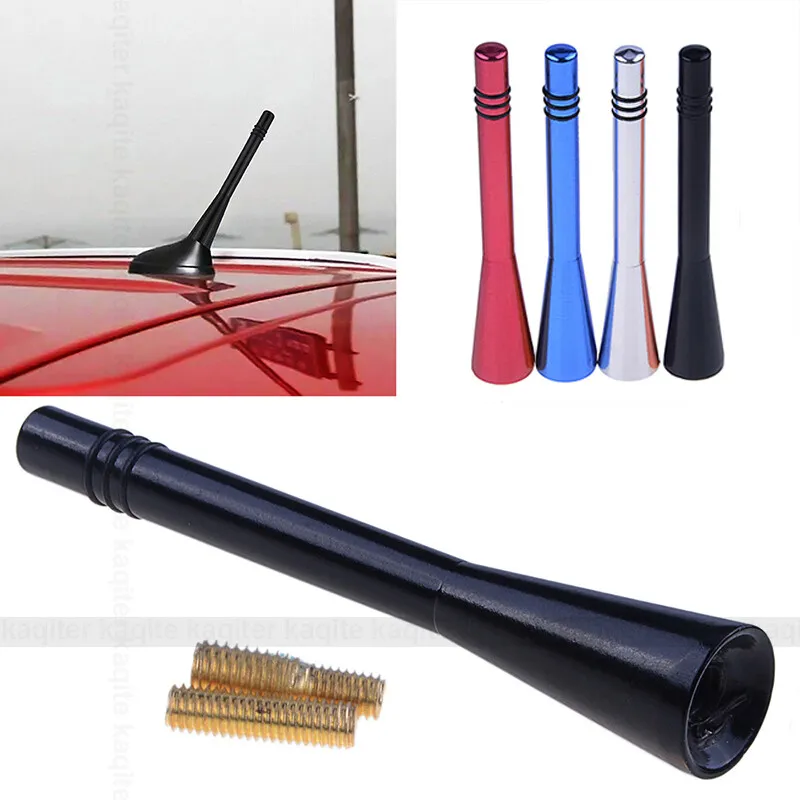Do stubby antennas work as well as regular length radio antennas?
Stubby antennas provide adequate reception within their optimal range and frequency band. While they may not match the performance of longer antennas in more demanding scenarios, they offer a practical solution for many everyday communication needs. By understanding the specific advantages and applications of different antenna types, you can select the best option to meet your communication requirements, ensuring clear, reliable connections wherever you go.
Understanding Antenna Basics
An antenna is a crucial component of any two-way radio system. It transmits and receives radio waves, allowing for distance communication without a wired connection. The performance of an antenna is often determined by its length, frequency compatibility, and the specific technology it employs.
Choose as per your use
The choice between a stubby and a regular length antenna should be guided by specific needs and situations:
- Urban Use: In city settings, where communication distances are shorter and the environment is more congested, stubby antennas can be quite effective.
- Rural Use: For fields, farms, or forested areas, a regular length antenna is preferable due to its enhanced range and ability to handle lower frequencies more effectively.
What Are the 4 Types of Antennas?
When it comes to two-way radios, there are four primary types of antennas:
- Whip Antennas: These are long and flexible, offering significant gain and range, making them suitable for wide-open spaces.
- Stubby Antennas: Short and compact, these antennas are less prone to physical damage and are ideal for indoor or urban environments.
- Helical Antennas: These antennas have a spiral design, which allows for a compact form while maintaining decent performance across various frequencies.
- Retractable Antennas: These can be extended and retracted for storage, offering a versatile solution that balances performance and convenience.
What Is the Best Antenna for Two-Way Radio?
The best antenna depends on your specific needs. A longer whip antenna is likely the best choice if you require wide coverage and are operating in open or rural areas due to its superior range and efficiency. A stubby antenna might be the better option for city use or when convenience and mobility are more critical. Always consider both the environmental factors and the frequency band of your operation when choosing an antenna.
Conclusion
Stubby and regular length antennas differ mainly in how far they can reach and how well they work. Regular antennas, usually seven to eight inches long, are better for reaching a strong signal. They’re good at using lower frequencies that travel well over long distances. Stubby antennas are shorter and work best within certain frequency ranges. They’re okay for Ultra High Frequency bands, but for Very High-Frequency bands, like those you find in the countryside, they might not work as well as longer antennas.
